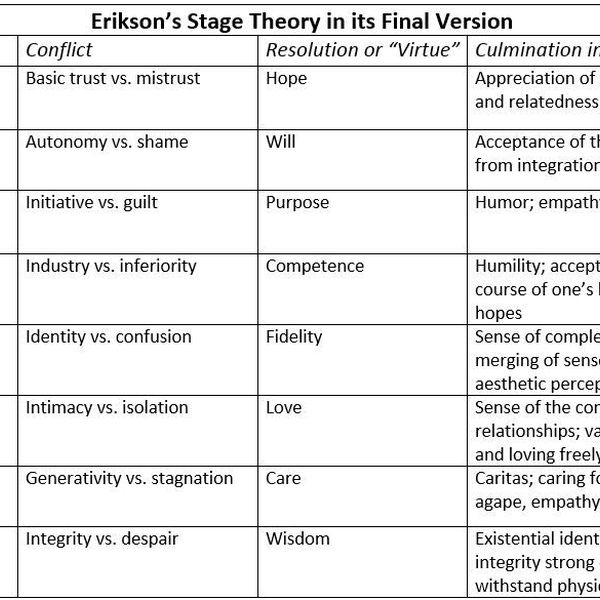
To install StudyMoose App tap and then “Add to Home Screen”

Human development psychology is the study of how individuals grow, change, and develop over the course of their lives. This field of study encompasses a wide range of topics, including prenatal development, childhood development, adolescent development, and adult development. It seeks to understand the factors that shape development, such as genetics, environmental influences, social interactions, and cultural norms. Human development psychology also explores the physical, cognitive, and emotional changes that occur at each stage of development, and seeks to identify the challenges and opportunities that arise during each stage of life. This field of psychology is critical in helping individuals and society understand the complex and dynamic process of human development.
Save to my list
Remove from my list
Save to my list
Remove from my list
Save to my list
Remove from my list
Save to my list
Remove from my list
Save to my list
Remove from my list
Save to my list
Remove from my list
Save to my list
Remove from my list
Save to my list
Remove from my list
Save to my list
Remove from my list
Save to my list
Remove from my list
Save to my list
Remove from my list
Save to my list
Remove from my list
Save to my list
Remove from my list
Save to my list
Remove from my list
Save to my list
Remove from my list
Save to my list
Remove from my list
👋 Hi! I’m your smart assistant Amy!
Don’t know where to start? Type your requirements and I’ll connect you to an academic expert within 3 minutes.
get help with your assignment